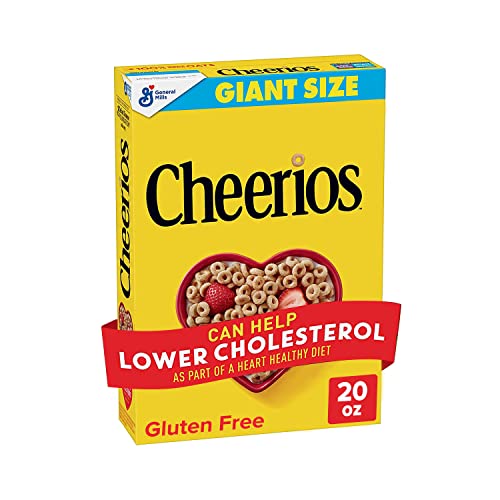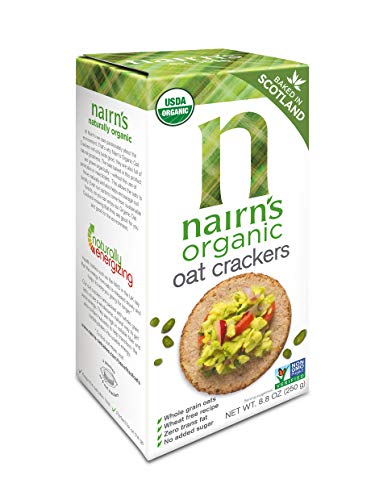GERD Relief: Lifestyle Changes That Make a Difference
Gastroesophageal Reflux Disease, or GERD, can feel like an unwelcome fiery dragon living in your chest. But fear not, brave souls, for you don't have to slay this beast alone with a sword of salad. While diet plays a significant role in managing symptoms, some fantastic non-dietary lifestyle changes can make your life with GERD much more comfortable and enjoyable. Let's take a journey into the world of taming hacks.
8 Lifestyle Hacks for Comfort
Pillow Palace
Picture this: You're snoozing away in your cozy pillow palace, your head elevated just enough to make you feel like royalty. Well, guess what? You're not just sleeping; you're conquering GERD! Elevating your head and torso about 7-10 inches can help keep that pesky stomach acid from creeping up into your esophagus while you sleep. Of course, sleeping styles matter, so check out this Foodguides article for tips on making your nighttime experience the best. It's like building a protective moat around your castle. So, grab some extra pillows or invest in a fancy adjustable bed frame for a regal night's sleep.
For fast-acting relief, try slowing down.
~Lily Tomlin
Left Side Lounging
Sleeping positions matter, too! Sleeping on your left side is like the secret handshake of GERD warriors. Studies suggest that sleeping on your left side can help reduce acid reflux, especially when combined with your pillow palace. Think of it as your body's way of saying, "No entry, acid!"
Your Inner Yoga Guru
Yoga isn't just about bending like a pretzel; it's also about bending away from GERD discomfort. Gentle yoga poses and stretches can help reduce stress, a known trigger for GERD. Plus, yoga encourages mindful breathing, which can help you stay cool in the face of fiery reflux. So, roll out that yoga mat and say "om" to relief!
Hug a Tree
Stress and GERD go together like peanut butter and mayo – not a great combo. So, embrace stress-reduction techniques. Whether hugging a tree in the park, squeezing a stress ball during a tense meeting, or practicing meditation in your cozy corner, these activities can help keep the fiery stress dragon at bay.
Kick the Butt
If you're a smoker, here's a compelling reason to quit: smoking weakens the lower esophageal sphincter (LES), making it easier for stomach acid to invade your esophagus. Quitting smoking is like locking the castle gate and keeping that acid dragon out.
Don’t Be a Couch Potato
Regular exercise isn't just good for your heart; it's excellent for managing GERD, too. Moderate-intensity workouts help with weight management, which can alleviate symptoms. However, avoid vigorous exercise immediately after eating, which might encourage acid reflux.
Be an Upright Citizen
After a hearty meal, resist the temptation to slump on the couch. Staying upright for at least two to three hours post-meal is a simple yet effective way to reduce reflux risk. Take a leisurely walk, tackle a light household chore, or engage in a lively conversation. The possibilities are endless!
Now, Slay
These lifestyle changes can be your trusty companions, working alongside dietary adjustments and medication to reduce symptoms of GERD. Remember, the battle may have its fiery moments, but with the right strategies, you can tame that reflux dragon and enjoy a life with less heartburn.
I see you, and YOU are beautiful!
- Albarqouni, L., Moynihan, R., Clark, J., Scott, A. M., Duggan, A., & Del Mar, C. (2021). Head of bed elevation to relieve gastroesophageal reflux symptoms: a systematic review. BMC Family Practice, 22(1).
- Brett, A. S. (2022, February 22). Gastroesophageal Reflux and Body Position During Sleep. NEJM Journal Watch: Summaries of and commentary on original medical and scientific articles from key medical journals.
- Eherer, A. J., Netolitzky, F., Högenauer, C., Puschnig, G., Hinterleitner, T. A., Scheidl, S., Kraxner, W., Krejs, G. J., & Hoffmann, K. M. (2012). Positive effect of abdominal breathing exercise on gastroesophageal reflux disease: a randomized, controlled study. The American Journal of Gastroenterology, 107(3), 372–378.
- Gurges, P., Murray, B. J., & Boulos, M. I. (2022). Relationship between gastroesophageal reflux disease and objective sleep quality. Journal of Clinical Sleep Medicine.
- Shah, S., Mishra, A., Patel, H., Patel, N., Sangwan, P., Chodos, A., Brelvi, Z., & Kaswala, D. (2013). Can yoga be used to treat gastroesophageal reflux disease? International Journal of Yoga, 6(2), 131.
- Yuan, S., Chen, J., Ruan, X., Sun, Y., Zhang, K., Wang, X., Li, X., Gill, D., Burgess, S., Giovannucci, E., & Larsson, S. C. (2023). Smoking, alcohol consumption, and 24 gastrointestinal diseases: Mendelian randomization analysis. ELife, 12(10017103), e84051.






















Comments
Join The Conversation...